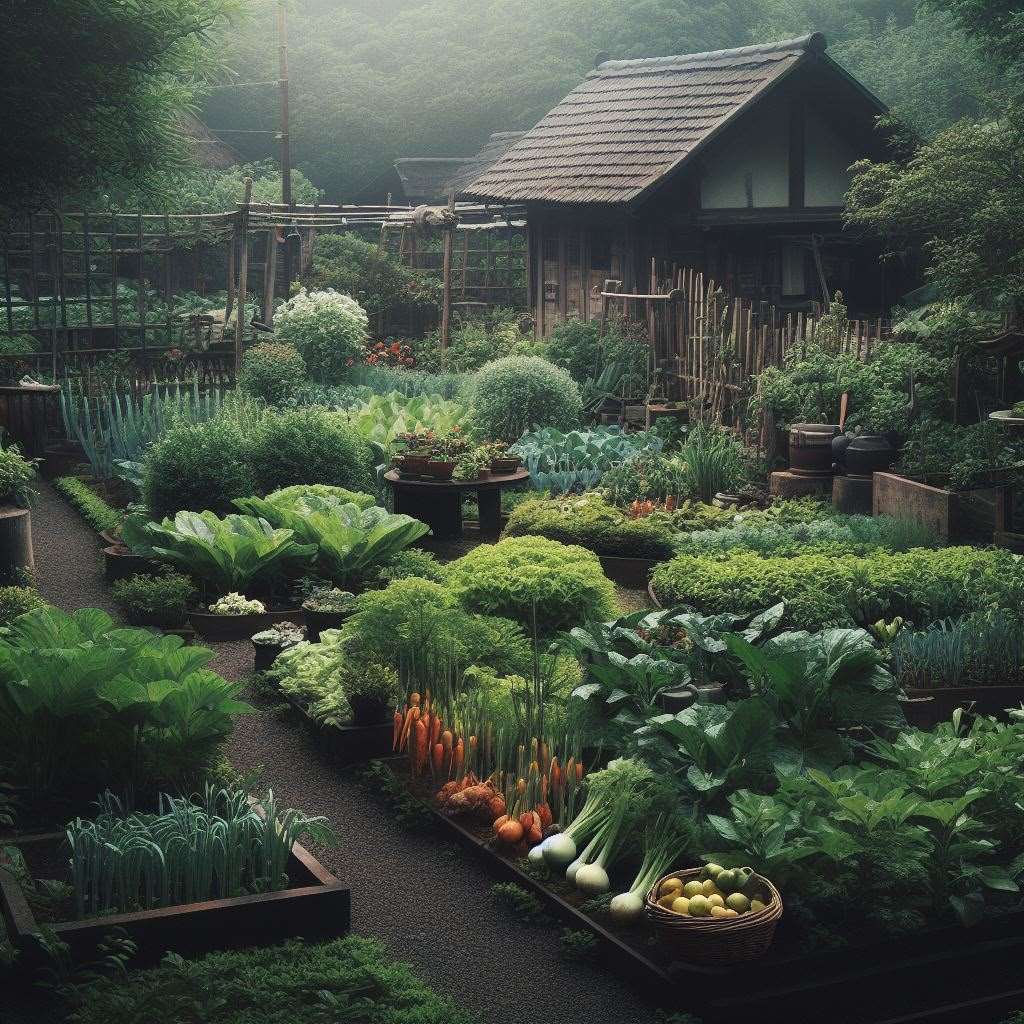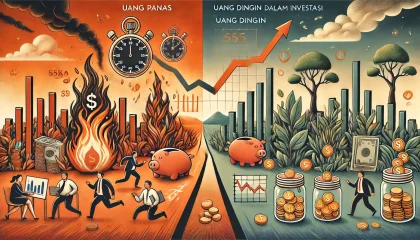On this occasion, we will explore precision agriculture, a smart approach in modern farming that utilizes technology and data to manage land and crops accurately. With precision agriculture, farmers can determine the exact needs for water, fertilizers, and pesticides per square meter—right from their smartphones.
This modern approach to agriculture leverages digital technologies to improve efficiency, productivity, and sustainability. It utilizes data, sensors, GPS, drones, and artificial intelligence (AI) to manage farmland and crops accurately while conserving resources. As the world faces mounting challenges such as climate change, limited land, and growing food demand, precision agriculture emerges as a strategic solution for a smarter and more sustainable future in farming.
This technology is gradually being adopted by farmers worldwide, including in Indonesia. Precision agriculture is becoming the most powerful tool for boosting productivity without harming the environment. Precision agriculture involves technologies like smart irrigation.
What Is Precision Agriculture?
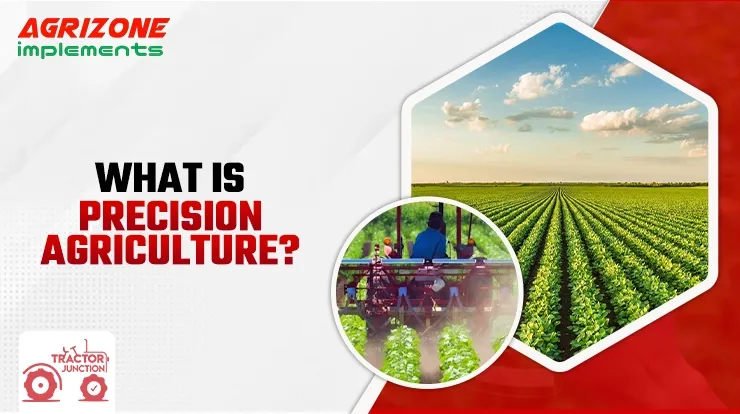
www.tractorjunction.com
Precision agriculture is a data-driven, technology-based farm management approach that allows farmers to optimize the use of resources with specificity and timeliness.
“Input Based on Actual Crop Needs”
Not all fields are treated equally. Each section of farmland is analyzed and managed based on actual soil conditions, weather, moisture levels, and nutritional needs.
Key Technologies in Precision Agriculture
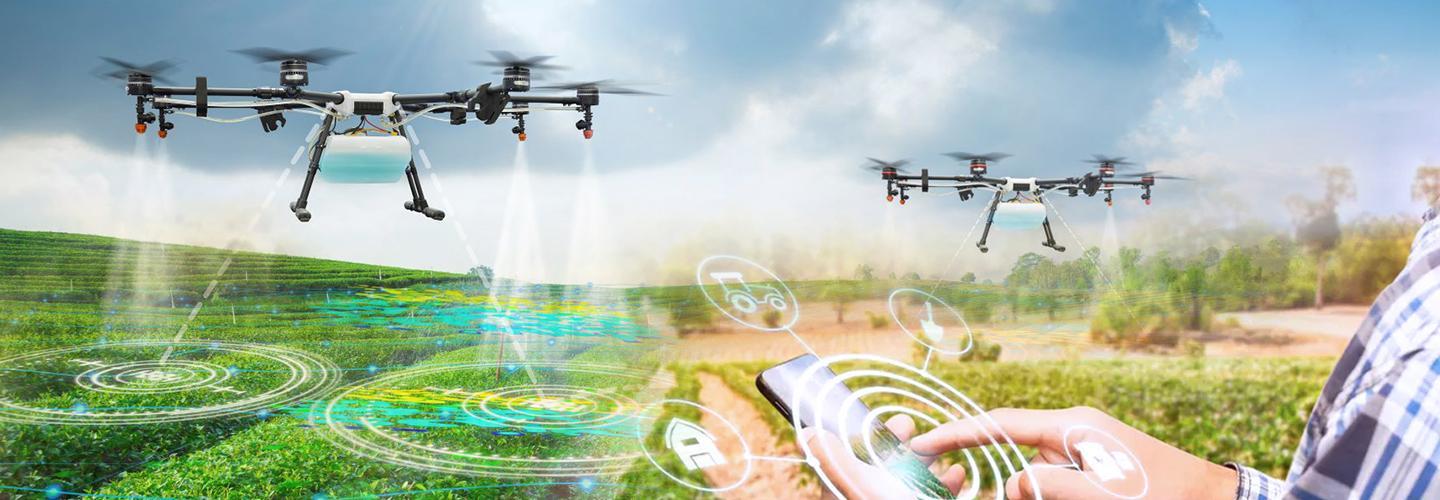
assets.isu
Precision agriculture is not just about high-tech gadgets, but the integration of technology with intelligent decision-making. Here are the core technologies involved:
1. Soil and Weather Sensors
Measure moisture levels, pH, soil temperature, and daily weather data.
2. GPS and Automated Navigation Systems
Farm machinery is equipped with GPS for accurate planting, irrigation, and harvesting.
3. Drones and Satellite Imagery
Capture periodic images of farmland to analyze crop health, dry areas, and pest detection.
4. Internet of Things
Connect devices in one integrated ecosystem controllable remotely.
5. Artificial Intelligence (AI) and Big Data
Play a central role in revolutionizing decision-making: crop yield predictions, plant disease detection, and automated irrigation management.
According to a report by the FAO, precision agriculture can increase production efficiency by up to 20% (FAO.org).
Benefits of Precision Agriculture
This modern farming method offers real advantages across economic, environmental, and social dimensions:
1. Efficient Use of Agricultural Inputs
2. Higher Productivity and Crop Yields
3. Reduced Operational Costs
4. Environmentally Friendly and Sustainable
5. Real-Time Monitoring and Decision Making
6. Climate Change Adaptation
Precision agriculture helps reduce costs while increasing yield sustainably. Micro-weather predictions and climate impact simulations help farmers prepare and adapt more effectively.
These benefits make precision agriculture a key solution for developing a smart, sustainable, and inclusive farming system—not only for large-scale farmers but also for small and medium-sized farmers in countries like Indonesia.
Why Is Precision Agriculture the Future of Global Farming?
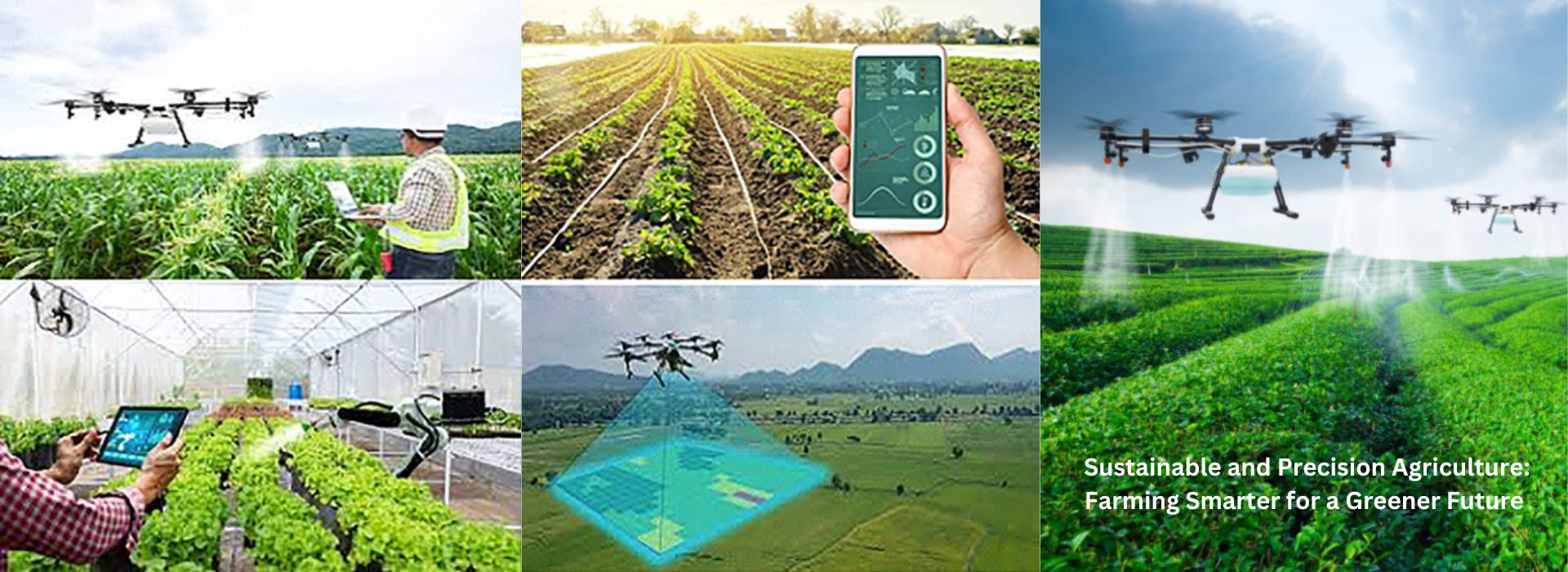
krishibazaar. in
Here’s why this approach is seen as the future of agriculture:
| Benefit | Explanation |
|---|---|
| Input Efficiency | Reduces waste of water, fertilizer, and pesticides using data-driven applications |
| High Productivity | Crops grow optimally due to precise care |
| Eco-Friendly | Minimizes chemical waste and carbon footprint |
| Lower Operational Costs | Automation and quick decision-making reduce expenses |
| Food Security | Ensures higher food availability for the general population |
Case Studies: Precision Agriculture in Indonesia
Ngablak, Magelang – Smart Potato Farmers
Farmers use soil sensors and smartphone apps to monitor water levels. Result: 40% water reduction, 30% increase in yield.
Drone Spraying in Klaten
The “Makmur Sejahtera” farmer group uses drones for even and fast pesticide spraying, saving 70% of time compared to manual methods.
Local Agritech Startup: Habibi Garden
Provides IoT systems for monitoring moisture and nutrients in greenhouses. Data is displayed in real-time via an Android app.
Challenges in Implementing Precision Agriculture
Despite its promising potential, adoption in Indonesia faces several challenges:
1. High Initial Investment Costs
2. Limited Digital Literacy Among Farmers
3. Infrastructure Availability
4. Scalability and Government Support
Strategies to Expand Precision Agriculture
Wider adoption requires collaborative strategies, including:
1. Government
-
Subsidies for agricultural digital tools
-
Training programs for young farmers
-
Integration with national agricultural programs
2. Startups and Private Sector
-
Equipment rental models
-
User-friendly agricultural apps
3. Educational Institutions
-
Farmer mentoring through education
-
Research collaborations with industry players
The Future: Precision and Sustainable Farming
Looking ahead, precision agriculture will become even more advanced with:
1. Blockchain for Food Traceability
2. Machine Learning for Weather and Pest Prediction
3. Robotics for Automated Harvesting
4. Cloud-Based Community Farming Systems
Farming will evolve from traditional systems to a fully digital, inclusive, and sustainable ecosystem.
Tips for Beginners in Precision Farming
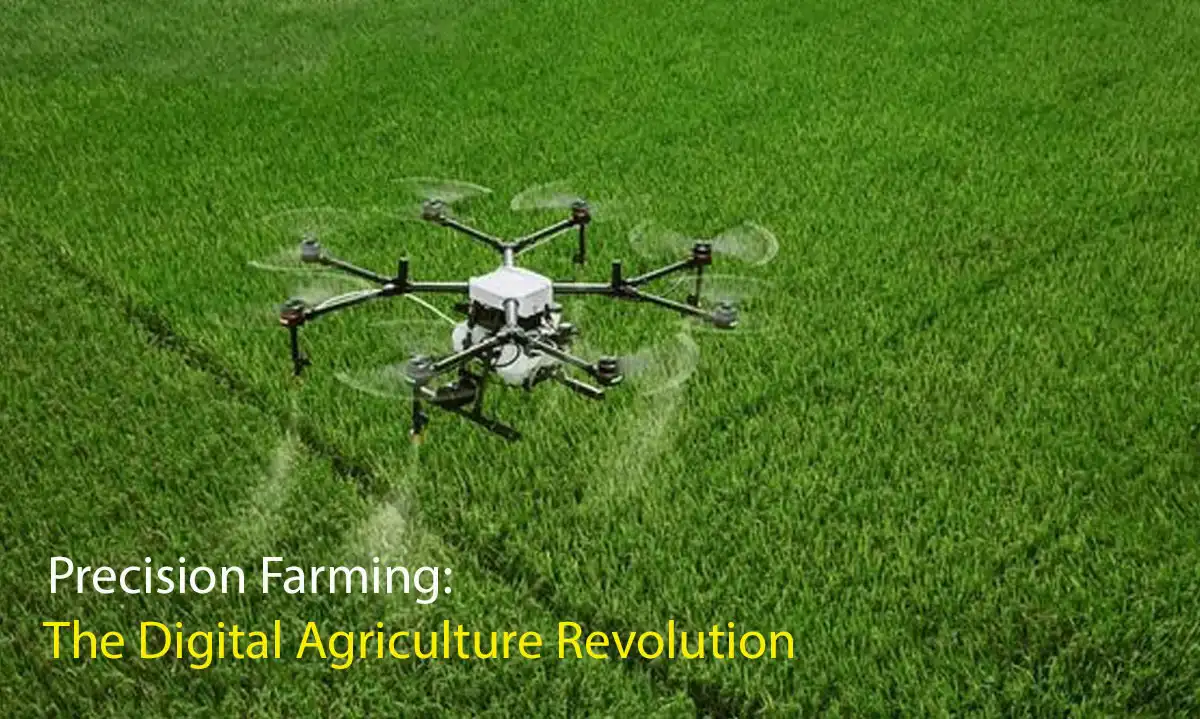
getfarms .in
-
Start small with a test plot
-
Use free apps for weather and soil monitoring
-
Join digital farmer communities or cooperatives
-
Look for local agricultural training programs or startup support
-
Use affordable tools like basic moisture sensors
Conclusion
Precision agriculture is part of modern farming, but with a more accurate, data-driven, and highly personalized approach. If modern farming is an evolution of traditional methods, then precision agriculture is the most advanced version of that evolution.
It’s not just about expensive tech—it’s a smarter way to farm. By leveraging data, sensors, and accurate decision-making, farmers can:
-
Increase crop yields
-
Protect the environment
-
Attract young generations back to farming
-
Strengthen national food security
The future of Indonesian agriculture depends on how well we integrate traditional knowledge with modern technology into one sustainable farming ecosystem.
FAQ: Precision Agriculture
1. What is the difference between precision agriculture and modern agriculture?
Precision agriculture is a subset of modern agriculture. Its focus is on using data and technology for highly accurate farming applications.
2. Can small-scale farmers use this technology?
Absolutely. Several startups offer low-cost tools. Many mobile applications are even free and user-friendly.
3. What is the simplest tool in precision agriculture?
A basic soil moisture sensor and a weather app these tools can greatly assist farmers in making essential agricultural decisions.

